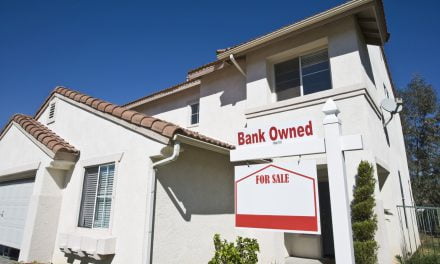This is the second episode in our new video series covering common boundary structures. The prior episode depicts shared rights and responsibilities concerning common boundary improvements.
This episode covers party walls and boundary fences co-owned by adjacent property owners, and the written document used to define each owner’s responsibility for sharing the cost of maintaining the party wall.
Party walls are owned by both
Common boundary improvements, other than trees, located on a property line between adjacent properties are called party walls.
A party wall may be in the form of a wall, fence or building wall co-owned by the adjacent property owners.
The use and ownership of a party wall is best set forth in a written agreement between adjacent property owners. The agreement defines each owner’s responsibility for sharing the cost of maintaining the party wall. However, these written agreements rarely exist.
An adjoining property owner may not remove or destroy a party wall without the consent of the other owner since each has an interest in the party wall.
An owner may alter a party wall, such as by installing cosmetic ornamentation on their side. However, they may not injure the wall or interfere with the adjoining property owner’s use of the party wall. [McCarthy v. Mutual Relief Ass’n of Petaluma (1889) 81 C 584]
Boundary fences and cost contributions
For security and privacy purposes, many properties are fenced in by a boundary fence. A boundary fence may be a party wall co-owned by the adjacent property owners.
When an owner leaves their land unfenced and later decides to enclose it by using the existing fence as part of the enclosure, they need to compensate the neighbor who built the fence for the pro rata value of the neighbor’s fence used by the owner. [Calif. Civil Code §841(b)(2)]
Maintaining the good neighbor fence
Owners of adjoining properties are presumed to benefit equally from boundary fences. Under this presumption, all adjoining owners are equally responsible for constructing, maintaining and replacing boundary fences. [CC §841(b)(1)]
The responsibility for constructing, maintaining or replacing boundary fences may be altered or removed only by:
- a written agreement between all affected owners; or
- an adjoining owner’s judicial petition to remove or alter their responsibility.
On an owner’s petition to a court, factors considered when determining an owner’s responsibility for a boundary fence include:
- whether the boundary fence presents a financial burden disproportionate to the owner’s benefit;
- the cost of the construction, maintenance or replacement in relation to the value added to the owner’s property;
- whether financial responsibility for the boundary fence imposes unjustifiable financial hardship;
- the reasonableness of the construction, maintenance or replacement; and
- any other unequal impact the construction, maintenance or replacement of the boundary fence may have on the owner. [CC §841(b)(3)]
When neighbors are responsible for a boundary fence, the owner who plans to construct, replace or maintain the fence is to provide a 30-day written notice to the affected adjoining property owners. The notice is to include:
- a notification of the presumption of equal responsibility for the boundary fence;
- the problem to be addressed;
- the proposed solution;
- estimated costs;
- the proposed division of costs; and
- the proposed timeline to address the problem. [CC §841(b)(2); See RPI Form 323]
















The ultimate solution: Erect your fence at least 1 inch inside your property.
Wherefore, there are issues at issue regarding “sharing”, let alone anything else.
Such a fence is your private property, and you can win in any court